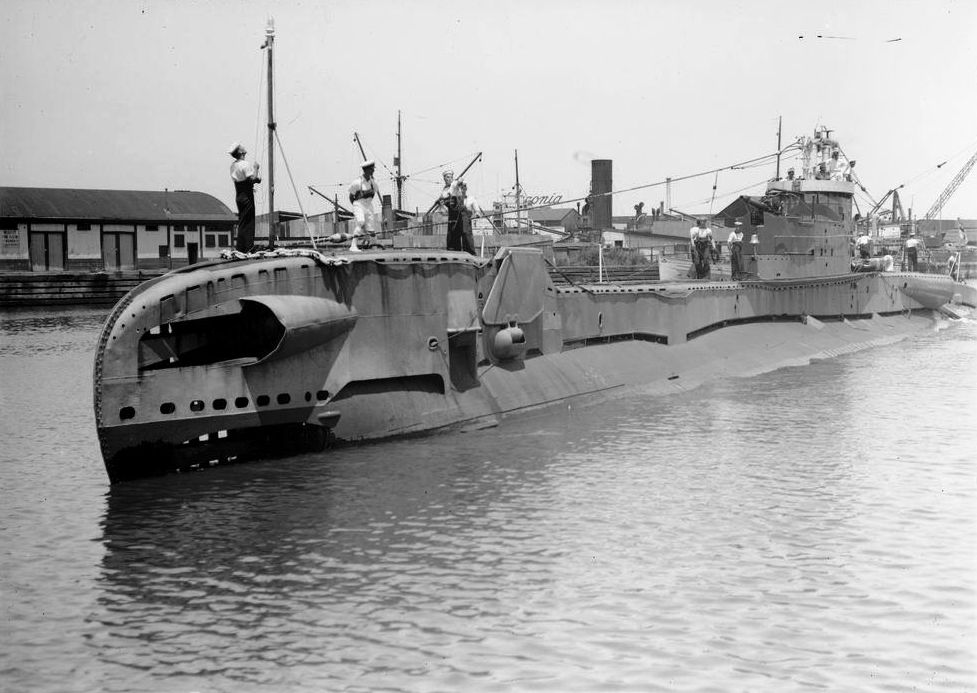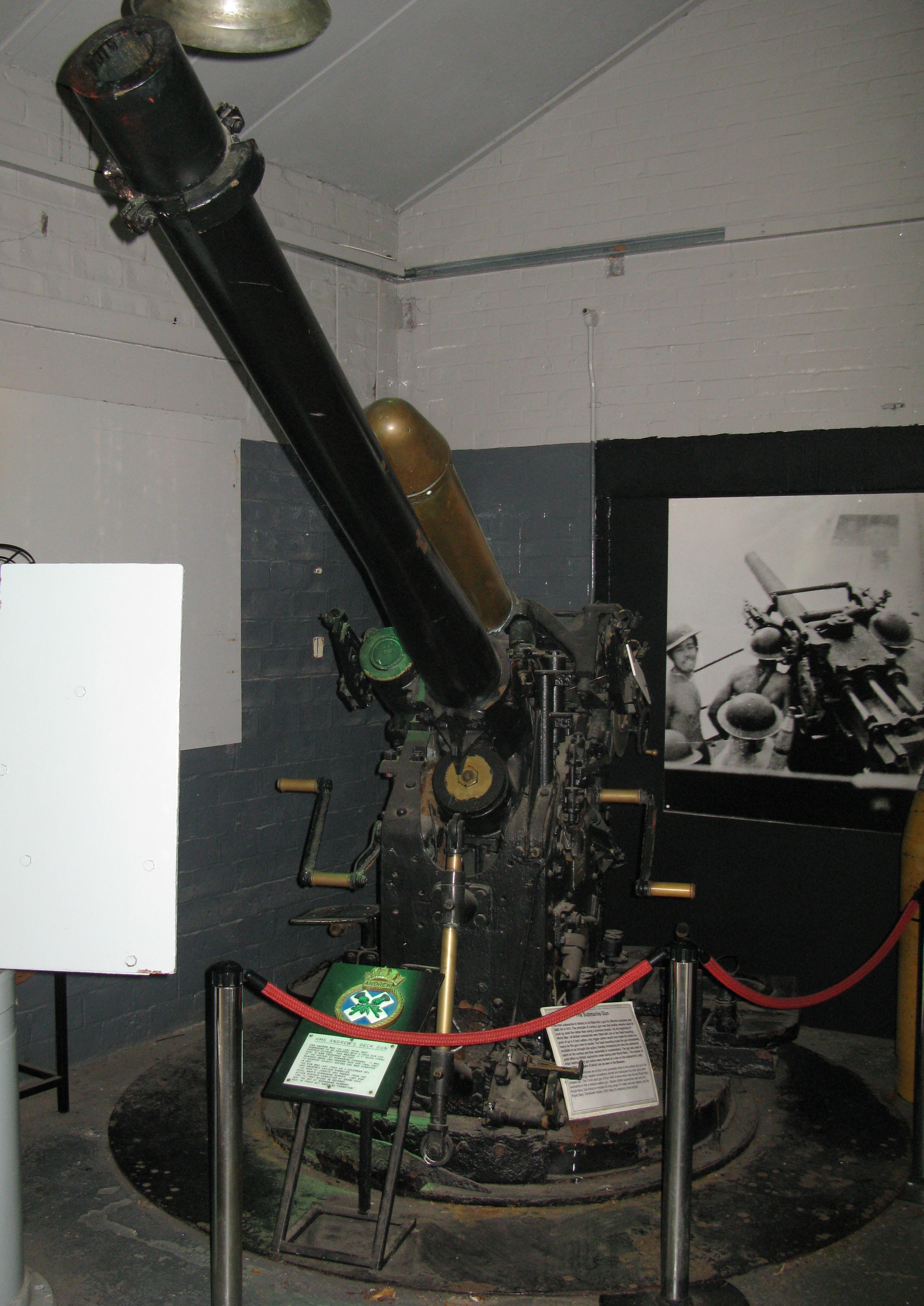|
4th Submarine Squadron (United Kingdom)
The 4th Submarine Squadron was a unit of the Royal Navy operating conventional submarines. It was established at HMAS ''Penguin'', Sydney, Australia, in 1949 partly to provide anti-submarine warfare training to Royal Australian Navy (RAN) and Royal New Zealand Navy personnel. The Royal Navy transitioned to nuclear-powered submarines from 1960 and notified the Australians that the 4th Submarine Squadron would be disbanded. The RAN decided to procure its own submarines to replace the squadron in the training role and purchased four ''Oberon''-class vessels in 1963. To prepare the RAN to maintain these vessels the Royal Navy agreed to refit five T-class submarines, including at least three from the 4th Submarine Squadron, at Cockatoo Island Dockyard in Sydney. The 1st Australian Submarine Squadron was operational by 1969, upon which the Royal Navy disbanded the 4th Submarine Squadron. Early history During the Second World War an earlier incarnation of the 4th Submarine Squad ... [...More Info...] [...Related Items...] OR: [Wikipedia] [Google] [Baidu] |
Squadron (naval)
A squadron, or naval squadron, is a significant group of warships which is nonetheless considered too small to be designated a fleet. A squadron is typically a part of a fleet. Between different navies there are no clear defining parameters to distinguish a squadron from a fleet (or from a flotilla), and the size and strength of a naval squadron varies greatly according to the country and time period. Groups of small warships, or small groups of major warships, might instead be designated flotillas by some navies according to their terminology. Since the size of a naval squadron varies greatly, the rank associated with command of a squadron also varies greatly. Before 1864 the entire fleet of the Royal Navy was divided into three squadrons, the red, the white, and the blue. Each Royal Navy squadron alone was more powerful than most national navies. Today, a squadron might number three to ten vessels, which might be major warships, transport ships, submarines, or small craft i ... [...More Info...] [...Related Items...] OR: [Wikipedia] [Google] [Baidu] |
HMS Tabard (P342)
HMS ''Tabard'' was a British submarine of the third group of the T class. She was built by Scotts, Greenock, and launched on 21 November 1945. So far she has been the only boat of the Royal Navy to bear the name ''Tabard'', after the item of clothing. Having been launched after the war, she was selected, along with a number of boats of her class, to try out new streamlining techniques based on the German Type XXIII submarine. In May 1963, she was involved in a collision with , and on 10 February 1964 she underwent exercises with and in the hours before their collision. When she returned to the UK, she became the static training submarine at the shore establishment , until 1974 when she was sold and broken up. Design and description ''Tabard'' had been originally ordered from Vickers Armstrong, Barrow, but the orders were switched to Scotts Shipbuilding and Engineering Company, Greenock. Akermann (2002): p. 380 Ordered as P. 342, she was named ''Tabard'' in May 1943 after ... [...More Info...] [...Related Items...] OR: [Wikipedia] [Google] [Baidu] |
HMS Tapir (P335)
HMS ''Tapir'' (P335) was a Second World War British T-class submarine, built by Vickers-Armstrong in Barrow-in-Furness. So far she has been the only ship of the Royal Navy to bear the name ''Tapir'', after the animal. Career As HMS ''Tapir'' The submarine was laid down on 29 March 1943, and launched on 21 August 1944. Commissioned into the Royal Navy on 30 December of that year, she led a distinguished career for such a late entry into the war, torpedoing the German submarine U-486 in the North Sea, to the north-west of Bergen, Norway at position on 12 April 1945. HNLMS ''Zeehond'' On 18 June 1948, she was deemed surplus to requirements, and was loaned to the Netherlands for a period of five years, being commissioned into the Royal Netherlands Navy as HNLMS ''Zeehond'' (P335) on 12 July 1948. Together with ''O24'' and ''HNLMS Van Kinsbergen'', she visited Curaçao in 1949. Gravity measurements were taken during the trip (the first Dutch ones following the war) and the ''Z ... [...More Info...] [...Related Items...] OR: [Wikipedia] [Google] [Baidu] |
HMS Tabard (P342)
HMS ''Tabard'' was a British submarine of the third group of the T class. She was built by Scotts, Greenock, and launched on 21 November 1945. So far she has been the only boat of the Royal Navy to bear the name ''Tabard'', after the item of clothing. Having been launched after the war, she was selected, along with a number of boats of her class, to try out new streamlining techniques based on the German Type XXIII submarine. In May 1963, she was involved in a collision with , and on 10 February 1964 she underwent exercises with and in the hours before their collision. When she returned to the UK, she became the static training submarine at the shore establishment , until 1974 when she was sold and broken up. Design and description ''Tabard'' had been originally ordered from Vickers Armstrong, Barrow, but the orders were switched to Scotts Shipbuilding and Engineering Company, Greenock. Akermann (2002): p. 380 Ordered as P. 342, she was named ''Tabard'' in May 1943 afte ... [...More Info...] [...Related Items...] OR: [Wikipedia] [Google] [Baidu] |
HMS Anchorite (P422)
HMS ''Anchorite'' (P422/S22), was an ''Amphion''-class submarine of the Royal Navy, built by Vickers Armstrong and launched 22 January 1946. Design ''Anchorite'' had a displacement of when at the surface and while submerged. It had a total length of , a beam of , and a draught of . The submarine was powered by two Admiralty ML eight-cylinder diesel engines generating each. Four electric motors each producing drove two shafts. It could carry a maximum of of diesel, although it usually carried between . The submarine had a maximum surface speed of and a submerged speed of . When submerged, it could operate at for or at for . When surfaced, it was able to travel at or at . ''Anchorite'' was fitted with ten 21 inch (533 mm) torpedo tubes, one QF 4 inch naval gun Mk XXIII, one Oerlikon 20 mm cannon, and a .303 British Vickers machine gun. Its torpedo tubes were fitted to the bow and stern, and it could carry twenty torpedoes. Its complement was sixty-one crew member ... [...More Info...] [...Related Items...] OR: [Wikipedia] [Google] [Baidu] |
HMS Andrew (P423)
HMS ''Andrew'' (P423/S23/S63), was an of the Royal Navy, built by Vickers Armstrong and launched on 6 April 1946. The submarine was fitted with a deck gun in 1964 for service during the Indonesia–Malaysia confrontation to counter blockade-running junks. The gun was fired for the last time in December 1974. She was sold off in 1977 and was broken up. ''Andrew'' was briefly the oldest ''Amphion''-class submarine to remain in service, was the last British submarine with a deck gun, was the last British World War II-designed submarine in service, and was the first submarine to use a " snort" to cross the Atlantic (in May 1953). Design Like all Amphion-class submarines, ''Andrew'' had a displacement of when at the surface and while submerged. It had a total length of , a beam of , and a draught of . The submarine was powered by two Admiralty ML eight-cylinder diesel engines generating a power of each. It also contained four electric motors each producing that drove two ... [...More Info...] [...Related Items...] OR: [Wikipedia] [Google] [Baidu] |
HMS Aurochs (P426)
HMS ''Aurochs'' (P426/S26), was an of the Royal Navy, built by Vickers Armstrong and launched 28 July 1945. Her namesake was the aurochs (''Bos primigenius''), an extinct Eurasian wild ox ancestral to domestic cattle and often portrayed in cave art and heraldry. Operational history In 1953 she took part in the fleet review to celebrate the Coronation of Elizabeth II. During 1953 she was commanded by Lieutenant-Commander A. G. Tait. On 17 May 1958 ''Aurochs'' was patrolling the Molucca Sea off Indonesia when an unidentified aircraft machine-gunned her. The aircraft remained at high altitude and ''Aurochs'' sustained no casualties or damage. President Sukarno's Indonesian government told the UK's Conservative Government that its armed forces had not made the attack. The UK Foreign and Commonwealth Office stated that it accepted the assurance and assumed that North Celebes rebels had carried out the attack. It is true that Permesta rebels in North Sulawesi were supported ... [...More Info...] [...Related Items...] OR: [Wikipedia] [Google] [Baidu] |
HMS Tactician (P314)
HMS ''Tactician'' was a British submarine of the third group of the T class. She was built as ''P314'' by Vickers-Armstrongs, Barrow, and launched on 29 July 1942. Service ''Tactician'' served in the Mediterranean Sea and the Far East during her wartime career. Whilst operating against the Italians, she sank the Italian auxiliary patrol vessel V17/''Pia'' and the Italian sailing vessel ''Bice''. She also torpedoed the Italian merchant vessel ''Rosandra'' off the coast of Albania; sinking her the following day. On being transferred to the Pacific, commanded by Lt. Cdr. Anthony Collett, DSC, she continued to harass enemy shipping, sinking a small Japanese vessel and two Siamese sailing vessels before the end of the war. She took part in Operation Cockpit, where she rescued a downed US airman under fire. A newsreel dated 1952 shows ''Tactician'' taking part in a military exercise in the Sea of Japan. In it, the submarine is seen diving. ''Tactician'' survived the war and co ... [...More Info...] [...Related Items...] OR: [Wikipedia] [Google] [Baidu] |
HMS Thorough (P324)
HMS ''Thorough'' was a British submarine of the third group of the T class. She was built as ''P324'' by Vickers Armstrong, Barrow, and launched on 30 October 1943. So far she has been the only ship of the Royal Navy The Royal Navy (RN) is the United Kingdom's naval warfare force. Although warships were used by English and Scottish kings from the early medieval period, the first major maritime engagements were fought in the Hundred Years' War against F ... to bear the name ''Thorough''. Service ''Thorough'' served in the Far East for much of her wartime career, where she sank twenty seven Japanese sailing vessels, seven coasters, a small Japanese vessel, a Japanese barge, a small Japanese gunboat, a Japanese trawler, and the Malaysian sailing vessel ''Palange''. In August 1945, in company with HMS ''Taciturn'', she attacked Japanese shipping and shore targets off northern Bali. ''Thorough'' sank a Japanese coaster and a sailing vessel with gunfire. On 16 Decemb ... [...More Info...] [...Related Items...] OR: [Wikipedia] [Google] [Baidu] |


